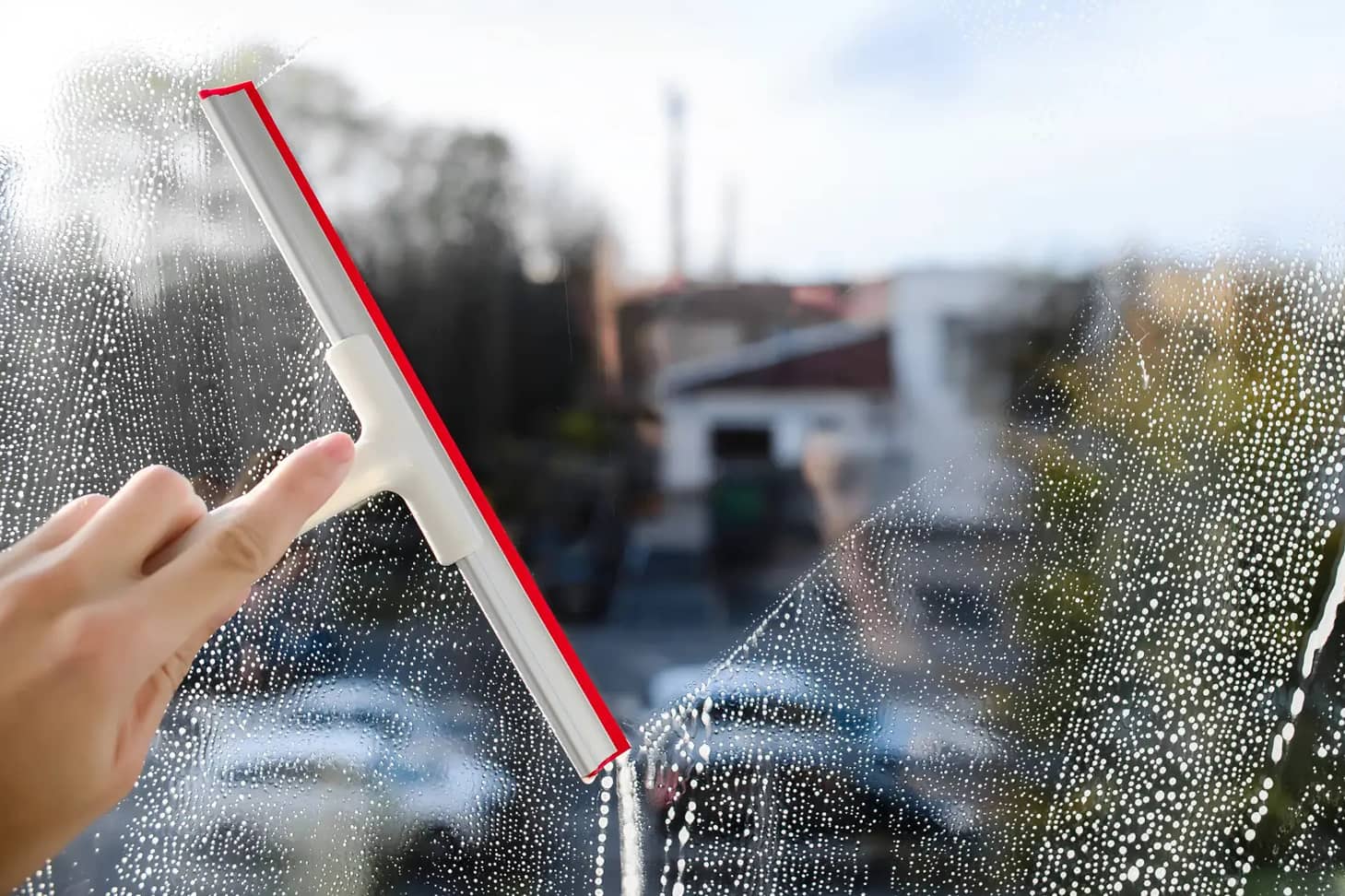
There’s something undeniably captivating about the pristine clarity of gleaming glass. Clean glass surfaces elevate any space’s aesthetics, whether the expansive view from a glass floor or the sleek lines of commercial glass balustrades. However, achieving that perfect, streak-free shine requires more than a casual swipe with a cloth.
At Glass by Design, we understand the nuances of caring for architectural glass and are here to share our expertise. In this guide, we’ll walk you through the essential tools, tried-and-true techniques, and preventative measures to ensure your glass surfaces remain as dazzling as the day they were installed. Let’s dive into the art of how to clean glass and discover what it takes to maintain its timeless allure.
To achieve professional-quality results, having the right tools and knowing what to use to clean glass is crucial. Here’s a breakdown of what you’ll need to clean glass surfaces effectively:
Achieving a flawless, streak-free shine on glass surfaces requires more than just the right tools; it also involves mastering proper cleaning techniques. Here’s a step-by-step guide to help you clean glass like a pro:
Pro Tips:
With these techniques, you can maintain the clarity and shine of your glass surfaces. But what about the more stubborn stains and minor scratches? Let’s explore how to tackle those.
Different types of stains require different treatments. Common culprits include hard water stains, mineral deposits, grease, and everyday smudges. Identifying the type of stain is the first step in selecting the right removal method.
Removal Techniques:
Before attempting any scratch removal, assess the depth of the scratch. Minor surface scratches can often be addressed with DIY methods, while deeper scratches typically require professional attention.
DIY Solutions:
Professional Help:
It’s best to consult a professional glass repair service or your glass installer for deeper scratches or when DIY methods don’t suffice. Professionals, like the team at Glass by Design, have the tools and expertise to polish out the scratches or replace the affected glass section, ensuring a seamless finish.
Regular care and preventative measures can help avoid common issues like scratches, stains, and dullness. Here’s how to maintain the beauty and clarity of your glass features:
Dust and debris can accumulate on glass surfaces, leading to potential scratches. Use a soft, dry microfibre cloth to dust glass surfaces gently. Address spills and smudges promptly to prevent staining. Keep a spray bottle of glass cleaner and a microfibre cloth handy for quick touch-ups.
Consider applying a hydrophobic coating or sealant to your glass surfaces. These coatings repel water, reduce the appearance of fingerprints, and make cleaning easier. They can also provide a protective layer that helps prevent scratches and stains.
Regularly inspect your glass surfaces for signs of wear, such as chips, cracks, or scratches. Promptly addressing these issues can prevent further damage and the need for costly repairs. Professional inspections can ensure architectural glass features like glass floors or commercial balustrades remain safe and aesthetically pleasing.
Thorough seasonal cleaning can remove accumulated dirt and grime from outdoor glass features or glass in high-traffic areas. Pay special attention to windows, glass doors, and outdoor installations. A mild detergent and warm water can effectively clean these areas, followed by a rinse and a squeegee finish.
Glass by Design is your expert in architectural glass. We specialise in creating visually stunning architectural glass features for residential and commercial spaces. Contact us today to bring your glass ideas to life.